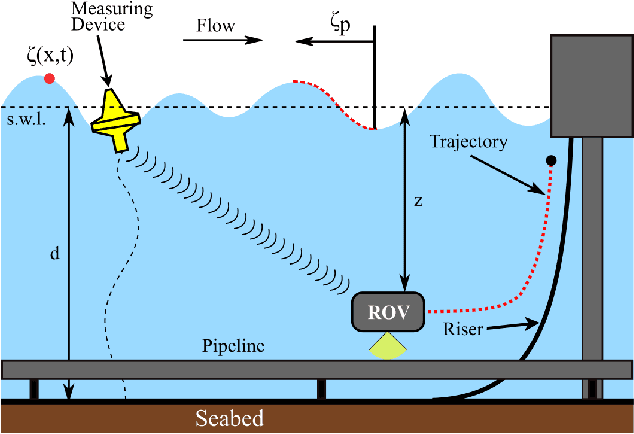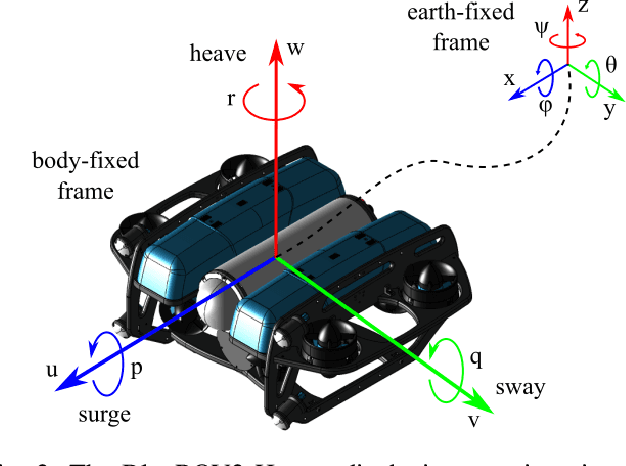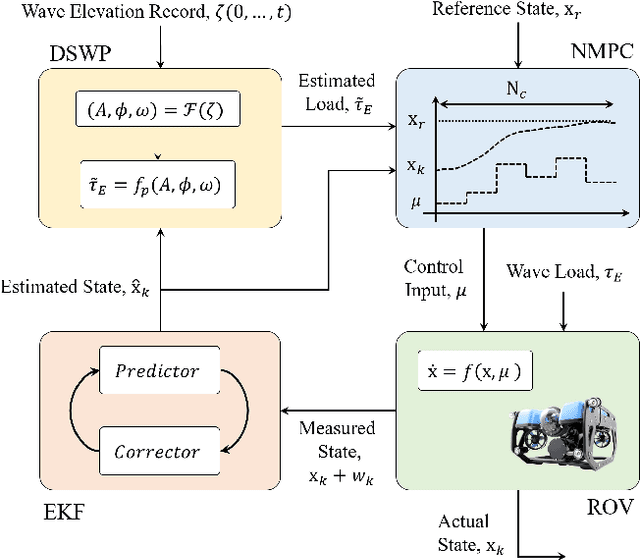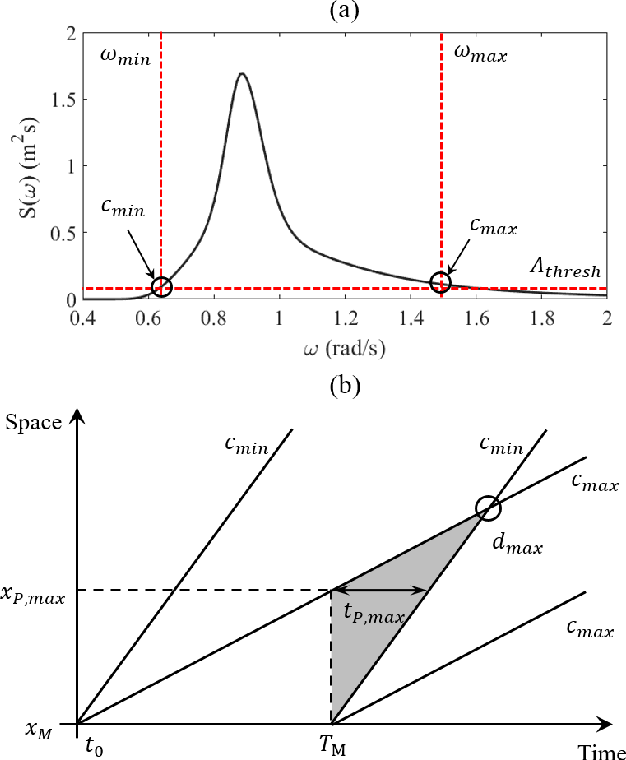Francesco Giorgio-Serchi
Modular Soft Wearable Glove for Real-Time Gesture Recognition and Dynamic 3D Shape Reconstruction
Apr 08, 2025Abstract:With the increasing demand for human-computer interaction (HCI), flexible wearable gloves have emerged as a promising solution in virtual reality, medical rehabilitation, and industrial automation. However, the current technology still has problems like insufficient sensitivity and limited durability, which hinder its wide application. This paper presents a highly sensitive, modular, and flexible capacitive sensor based on line-shaped electrodes and liquid metal (EGaIn), integrated into a sensor module tailored to the human hand's anatomy. The proposed system independently captures bending information from each finger joint, while additional measurements between adjacent fingers enable the recording of subtle variations in inter-finger spacing. This design enables accurate gesture recognition and dynamic hand morphological reconstruction of complex movements using point clouds. Experimental results demonstrate that our classifier based on Convolution Neural Network (CNN) and Multilayer Perceptron (MLP) achieves an accuracy of 99.15% across 30 gestures. Meanwhile, a transformer-based Deep Neural Network (DNN) accurately reconstructs dynamic hand shapes with an Average Distance (AD) of 2.076\pm3.231 mm, with the reconstruction accuracy at individual key points surpassing SOTA benchmarks by 9.7% to 64.9%. The proposed glove shows excellent accuracy, robustness and scalability in gesture recognition and hand reconstruction, making it a promising solution for next-generation HCI systems.
Learning-enhanced electronic skin for tactile sensing on deformable surface based on electrical impedance tomography
Apr 08, 2025Abstract:Electrical Impedance Tomography (EIT)-based tactile sensors offer cost-effective and scalable solutions for robotic sensing, especially promising for soft robots. However a major issue of EIT-based tactile sensors when applied in highly deformable objects is their performance degradation due to surface deformations. This limitation stems from their inherent sensitivity to strain, which is particularly exacerbated in soft bodies, thus requiring dedicated data interpretation to disentangle the parameter being measured and the signal deriving from shape changes. This has largely limited their practical implementations. This paper presents a machine learning-assisted tactile sensing approach to address this challenge by tracking surface deformations and segregating this contribution in the signal readout during tactile sensing. We first capture the deformations of the target object, followed by tactile reconstruction using a deep learning model specifically designed to process and fuse EIT data and deformation information. Validations using numerical simulations achieved high correlation coefficients (0.9660 - 0.9999), peak signal-to-noise ratios (28.7221 - 55.5264 dB) and low relative image errors (0.0107 - 0.0805). Experimental validations, using a hydrogel-based EIT e-skin under various deformation scenarios, further demonstrated the effectiveness of the proposed approach in real-world settings. The findings could underpin enhanced tactile interaction in soft and highly deformable robotic applications.
Closed-Loop Control and Disturbance Mitigation of an Underwater Multi-Segment Continuum Manipulator
Mar 16, 2025Abstract:The use of soft and compliant manipulators in marine environments represents a promising paradigm shift for subsea inspection, with devices better suited to tasks owing to their ability to safely conform to items during contact. However, limitations driven by material characteristics often restrict the reach of such devices, with the complexity of obtaining state estimations making control non-trivial. Here, a detailed analysis of a 1m long compliant manipulator prototype for subsea inspection tasks is presented, including its mechanical design, state estimation technique, closed-loop control strategies, and experimental performance evaluation in underwater conditions. Results indicate that both the configuration-space and task-space controllers implemented are capable of positioning the end effector to desired locations, with deviations of <5% of the manipulator length spatially and to within 5^{o} of the desired configuration angles. The manipulator was also tested when subjected to various disturbances, such as loads of up to 300g and random point disturbances, and was proven to be able to limit displacement and restore the desired configuration. This work is a significant step towards the implementation of compliant manipulators in real-world subsea environments, proving their potential as an alternative to classical rigid-link designs.
Flexible electrical impedance tomography for tactile interfaces
Nov 20, 2024



Abstract:Flexible electrical impedance tomography (EIT) is an emerging technology for tactile sensing in human-machine interfaces (HMI). It offers a unique alternative to traditional array-based tactile sensors with its flexible, scalable, and cost-effective one-piece design. This paper proposes a lattice-patterned flexible EIT tactile sensor with a hydrogel-based conductive layer, designed for enhanced sensitivity while maintaining durability. We conducted simulation studies to explore the influence of lattice width and conductive layer thickness on sensor performance, establishing optimized sensor design parameters for enhanced functionality. Experimental evaluations demonstrate the sensor's capacity to detect diverse tactile patterns with a high accuracy. The practical utility of the sensor is demonstrated through its integration within an HMI setup to control a virtual game, showcasing its potential for dynamic, multi-functional tactile interactions in real-time applications. This study reinforces the potential of EIT-based flexible tactile sensors, establishing a foundation for future advancements in wearable, adaptable HMI technologies.
Data-efficient Tactile Sensing with Electrical Impedance Tomography
Nov 19, 2024Abstract:Electrical Impedance Tomography (EIT)-inspired tactile sensors are gaining attention in robotic tactile sensing due to their cost-effectiveness, safety, and scalability with sparse electrode configurations. This paper presents a data augmentation strategy for learning-based tactile reconstruction that amplifies the original single-frame signal measurement into 32 distinct, effective signal data for training. This approach supplements uncollected conditions of position information, resulting in more accurate and high-resolution tactile reconstructions. Data augmentation for EIT significantly reduces the required EIT measurements and achieves promising performance with even limited samples. Simulation results show that the proposed method improves the correlation coefficient by over 12% and reduces the relative error by over 21% under various noise levels. Furthermore, we demonstrate that a standard deep neural network (DNN) utilizing the proposed data augmentation reduces the required data down to 1/31 while achieving a similar tactile reconstruction quality. Real-world tests further validate the approach's effectiveness on a flexible EIT-based tactile sensor. These results could help address the challenge of training tactile sensing networks with limited available measurements, improving the accuracy and applicability of EIT-based tactile sensing systems.
Closed-loop underwater soft robotic foil shape control using flexible e-skin
Aug 02, 2024



Abstract:The use of soft robotics for real-world underwater applications is limited, even more than in terrestrial applications, by the ability to accurately measure and control the deformation of the soft materials in real time without the need for feedback from an external sensor. Real-time underwater shape estimation would allow for accurate closed-loop control of soft propulsors, enabling high-performance swimming and manoeuvring. We propose and demonstrate a method for closed-loop underwater soft robotic foil control based on a flexible capacitive e-skin and machine learning which does not necessitate feedback from an external sensor. The underwater e-skin is applied to a highly flexible foil undergoing deformations from 2% to 9% of its camber by means of soft hydraulic actuators. Accurate set point regulation of the camber is successfully tracked during sinusoidal and triangle actuation routines with an amplitude of 5% peak-to-peak and 10-second period with a normalised RMS error of 0.11, and 2% peak-to-peak amplitude with a period of 5 seconds with a normalised RMS error of 0.03. The tail tip deflection can be measured across a 30 mm (0.15 chords) range. These results pave the way for using e-skin technology for underwater soft robotic closed-loop control applications.
A Modular, Tendon Driven Variable Stiffness Manipulator with Internal Routing for Improved Stability and Increased Payload Capacity
May 03, 2024



Abstract:Stability and reliable operation under a spectrum of environmental conditions is still an open challenge for soft and continuum style manipulators. The inability to carry sufficient load and effectively reject external disturbances are two drawbacks which limit the scale of continuum designs, preventing widespread adoption of this technology. To tackle these problems, this work details the design and experimental testing of a modular, tendon driven bead-style continuum manipulator with tunable stiffness. By embedding the ability to independently control the stiffness of distinct sections of the structure, the manipulator can regulate it's posture under greater loads of up to 1kg at the end-effector, with reference to the flexible state. Likewise, an internal routing scheme vastly improves the stability of the proximal segment when operating the distal segment, reducing deviations by at least 70.11%. Operation is validated when gravity is both tangential and perpendicular to the manipulator backbone, a feature uncommon in previous designs. The findings presented in this work are key to the development of larger scale continuum designs, demonstrating that flexibility and tip stability under loading can co-exist without compromise.
Model Predictive Wave Disturbance Rejection for Underwater Soft Robotic Manipulators
Jan 24, 2024



Abstract:Inspired by the octopus and other animals living in water, soft robots should naturally lend themselves to underwater operations, as supported by encouraging validations in deep water scenarios. This work deals with equipping soft arms with the intelligence necessary to move precisely in wave-dominated environments, such as shallow waters where marine renewable devices are located. This scenario is substantially more challenging than calm deep water since, at low operational depths, hydrodynamic wave disturbances can represent a significant impediment. We propose a control strategy based on Nonlinear Model Predictive Control that can account for wave disturbances explicitly, optimising control actions by considering an estimate of oncoming hydrodynamic loads. The proposed strategy is validated through a set of tasks covering set-point regulation, trajectory tracking and mechanical failure compensation, all under a broad range of varying significant wave heights and peak spectral periods. The proposed control methodology displays positional error reductions as large as 84% with respect to a baseline controller, proving the effectiveness of the method. These initial findings present a first step in the development and deployment of soft manipulators for performing tasks in hazardous water environments.
Fluidic FlowBots: Intelligence embodied in the characteristics of recirculating fluid flow
Dec 08, 2023Abstract:The one-to-one mapping of control inputs to actuator outputs results in elaborate routing architectures that limit how complex fluidic soft robot behaviours can currently become. Embodied intelligence can be used as a tool to counteract this phenomenon. Control functionality can be embedded directly into actuators by leveraging the characteristics of fluid flow phenomena. Whilst prior soft robotics work has focused exclusively on actuators operating in a state of transient/no flow (constant pressure), or pulsatile/alternating flow, our work begins to explore the possibilities granted by operating in the closed-loop flow recirculation regime. Here we introduce the concept of FlowBots: soft robots that utilise the characteristics of continuous fluid flow to enable the embodiment of complex control functionality directly into the structure of the robot. FlowBots have robust, integrated, no-moving-part control systems, and these architectures enable: monolithic additive manufacturing methods, rapid prototyping, greater sustainability, and an expansive range of applications. Based on three FlowBot examples: a bidirectional actuator, a gripper, and a quadruped swimmer - we demonstrate how the characteristics of flow recirculation contribute to simplifications in fluidic analogue control architectures. We conclude by outlining our design and rapid prototyping methodology to empower others in the field to explore this new, emerging design field, and design their own FlowBots.
Disturbance Preview for Nonlinear Model Predictive Trajectory Tracking of Underwater Vehicles in Wave Dominated Environments
Jul 27, 2023



Abstract:Operating in the near-vicinity of marine energy devices poses significant challenges to the control of underwater vehicles, predominantly due to the presence of large magnitude wave disturbances causing hazardous state perturbations. Approaches to tackle this problem have varied, but one promising solution is to adopt predictive control methods. Given the predictable nature of ocean waves, the potential exists to incorporate disturbance estimations directly within the plant model; this requires inclusion of a wave predictor to provide online preview information. To this end, this paper presents a Nonlinear Model Predictive Controller with an integrated Deterministic Sea Wave Predictor for trajectory tracking of underwater vehicles. State information is obtained through an Extended Kalman Filter, forming a complete closed-loop strategy and facilitating online wave load estimations. The strategy is compared to a similar feed-forward disturbance mitigation scheme, showing mean performance improvements of 51% in positional error and 44.5% in attitude error. The preliminary results presented here provide strong evidence of the proposed method's high potential to effectively mitigate disturbances, facilitating accurate tracking performance even in the presence of high wave loading.
 Add to Chrome
Add to Chrome Add to Firefox
Add to Firefox Add to Edge
Add to Edge